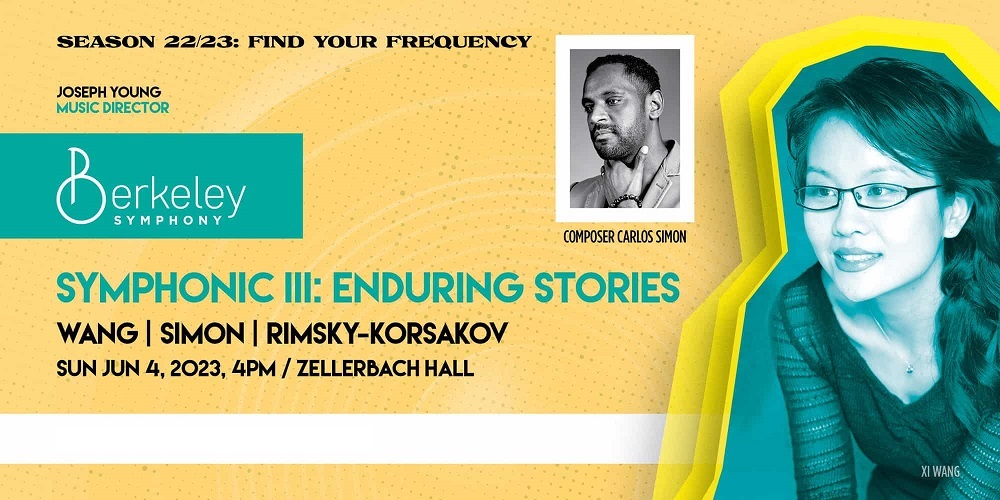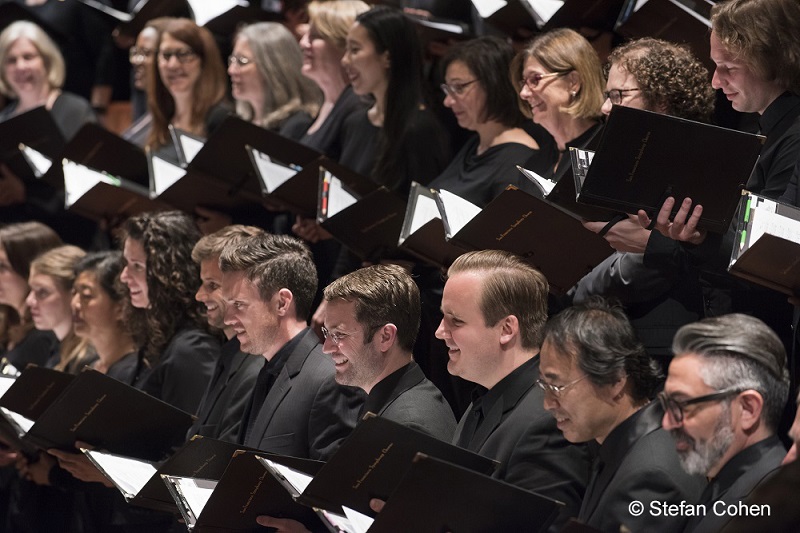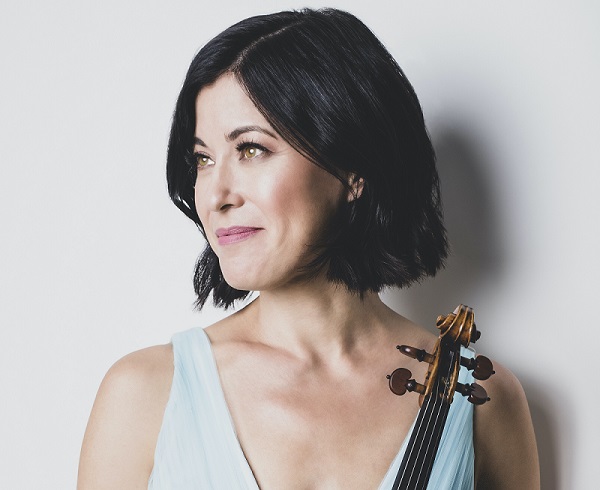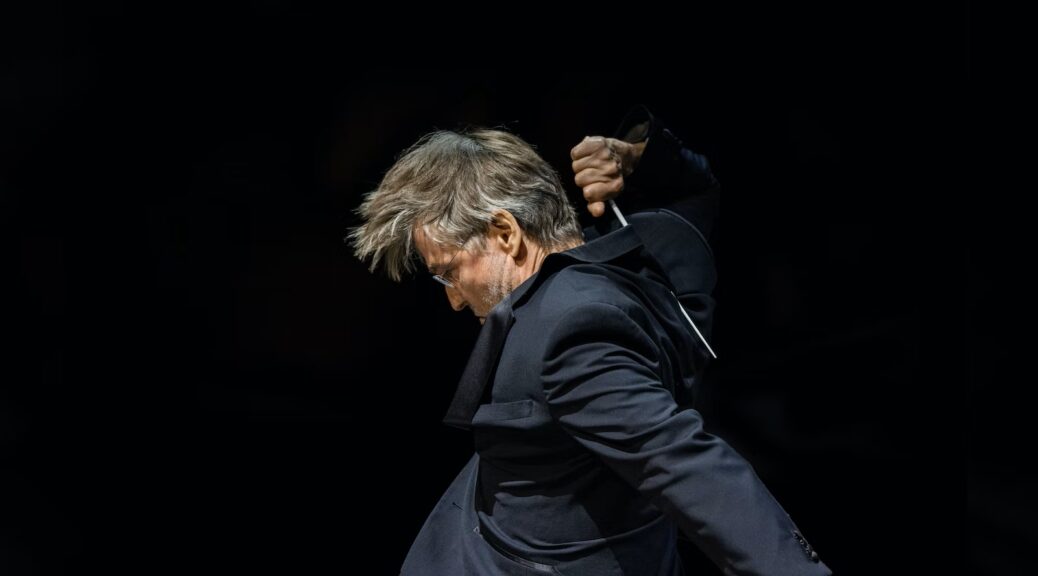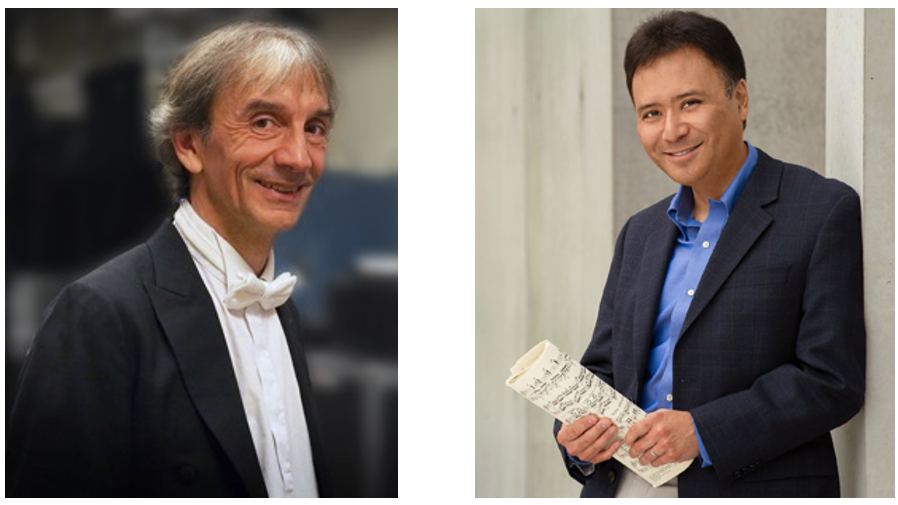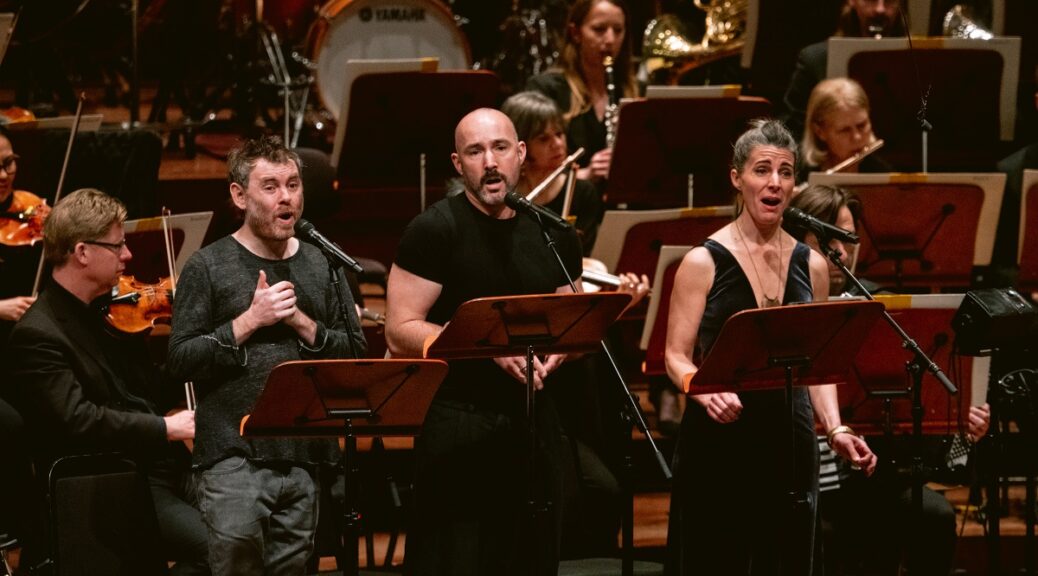BERKELEY’S NEW VOICES
BERKELEY, CA—Minorities and timeless tales stepped up in the Berkeley Symphony’s program of June 4 concurrent with Black Music Month. The timely program featured no less than three salient women’s issues and two living composers, the latter in attendance to supplement the interpretations by Music Director Joseph Young. This orchestra has always been about relevance, going back to Kent Nagano’s podium leadership. Curiously, the two novel works from the past six years took varied approaches, but with parallel paths: Both…
